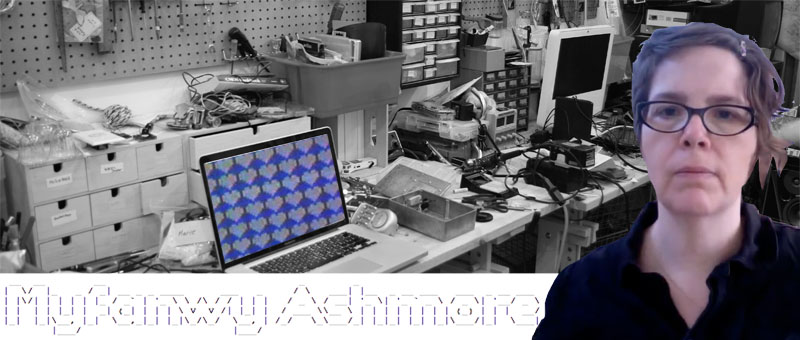
Grand Theft Love Song
2010
Exhibited as part of Mobius Rings in Stratford, Ontario
Exhibited at Game Show curated by Jordan Strom, Surrey Art Gallery, Surrey, BC. with Stephen Andrews, Myfanwy Ashmore, Matilda Aslizadeh Jim Breukelman, Christos Dikeakos, Brian Howell, Keith Langergräber, Evan Lee, Alison MacTaggart, Corin Sworn, Colette Urban,
Paul Wong. See brochure here. See related video here
Exhibited at Videoholica, Bulgaria
In private collection, Brussels, Belgium.Editions available.
Grand Theft Love Song uses the game Grand Theft Auto as a choreographic vehicle. Nico Bellic is made to dance in his safehouse. I moved him around using the game controller to make him dance.
Grand Theft Love Song is a machinima video work where the video game Grand Theft Auto IV: Liberty City was played in order to create specific movements that elicit a sense of contemporary dance. The game controller and video editing software are used to create a new kind of machinima choreography. The video is set to a public domain song with a history of disputed copyright pilfered from Archive.org titled Creole Love Call. This incarnation was sung wordlessly as scat singing where the human voice is made to sound like an instrument by Adelaide Hall in 1927 with Duke Ellington as accompanist.
Walkthrough: Nico Bellic dances around his safe-house. Powerful gestures express frustration and boredom within the existing architecture. He moves around in circular form repetitiously. Some of his movements allude to the infinity symbol or samsara, the endless infinite cycle of existence, of birth, death & rebirth or a mobius strip - which is a circle with a twist, or a mathematical calculation that is non orientable. Nico's dance vocabulary contains mobius strips/figure eights, drop kicks, hanging off the curtains, subtle gestures and general malaise. He pushes invisible enemies and there is an implied internal and parallel systemic struggle. He is unable to move out of the place he is in, stuck in the choreography that he has been given by the game programmer and stuck in the character given to him by the programmers in a kind of video game determinism.The video game player/choreographer attempts to liberate him from these constraints, even if only for a moment. He literally is climbing the walls inside his safe-house. With nothing on television but static, in the end he returns to the place where he awoke, to go back to his slumber - to repeat the algorithmic process tomorrow in a deterministic game loop.
Grand Theft Love Song from Myfanwy Ashmore on Vimeo.
